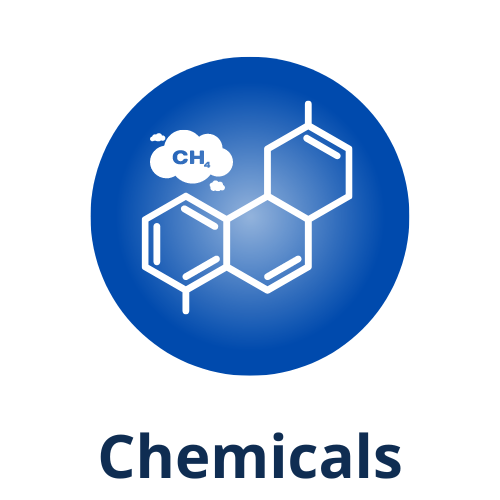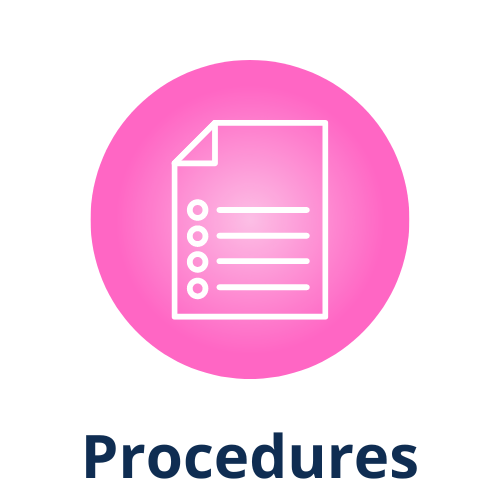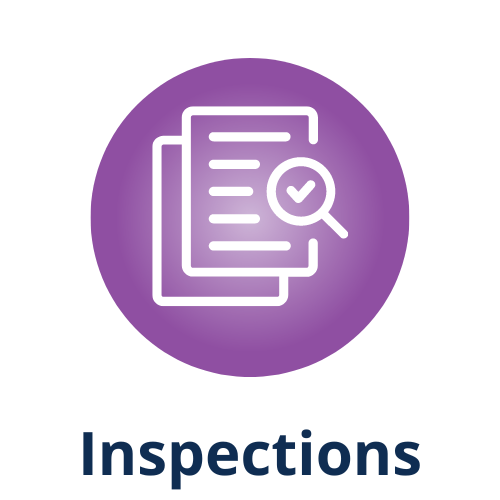|
To reduce non-compliance and streamline the tagging and pickup process, EH&S offers the Waste Accumulation Storage and Tracking electronic (WASTe) program. WASTe will use your single sign-on, so there is no need to share passwords. All LHAT users will be automatically added to WASTe. How to create WASTe tags here |
What is hazardous chemical waste?
Federal and state regulations define hazardous waste as any liquid, solid, semi-solid, or gaseous material that is intended to be discarded and meets any of the following characteristics:
- Ignitable: generally are liquids with a flashpoint below 60°C (140°F).
- Corrosive: generally aqueous wastes with a pH of 2 or less or 12.5 or greater.
- Reactive: are wastes that are unstable, explosive, and capable of detonation or react violently with water.
- Toxic: a chemical that poses a hazard to health or the environment
Hazardous chemicals are substances that pose a threat to human health or the environment when improperly managed.
Please use the Hazardous Chemical Waste Identification Checklist to determine if your waste needs to be managed as hazardous chemical waste. If the waste is determined to be a non-hazardous liquid, check the Sanitary Sewer Disposal Guidelines to determine if it can be disposed of down the sanitary sewer drain.
How long can hazardous chemical waste be stored?
- Hazardous waste must be transferred to EH&S for disposal within 180 days of being generated.
- Acutely Hazardous Waste and Extremely Hazardous Waste must be transferred to EH&S for disposal within three days of reaching the 1-quart storage limit.
- Do not overfill containers. Containers with liquid waste should be no more than 90% full.
What are the labeling and container requirements for hazardous chemical waste?
- Hazardous waste must always be appropriately labeled. Use the online WASTe tool to generate printable labels.
- Choose a container that is compatible with the type and amount of waste generated.
- Containers must have secondary containment to adequately contain all contents of the container/spilled materials.
- Separate incompatible materials.
- Containers should always be closed when not in use.
- Store liquids in screw-capped containers that will not leak if tipped over.
- Report damaged containers to EH&S. EH&S can provide assistance with transferring the contents of the damaged container to an appropriate container.
- Containers must be inspected weekly for signs of leaks, corrosion, or deterioration. Please keep container exteriors free from contamination.
What are the storage requirements for hazardous chemical wastes?
- Mark storage areas according to the type of chemicals kept there (e.g. "corrosive," "flammable," etc.).
- Storage of hazardous waste in fume hoods or under sinks is not recommended.
- Select a hazardous waste accumulation area that is out of the way of normal activities but easily identifiable and safely accessible for EH&S staff members.
- Keep storage areas clean, appropriately ventilated, and at a consistently cool temperature.
- Do not dispose of hazardous chemicals via sinks or trash cans.
- Do not use hoods to intentionally evaporate hazardous chemicals.












